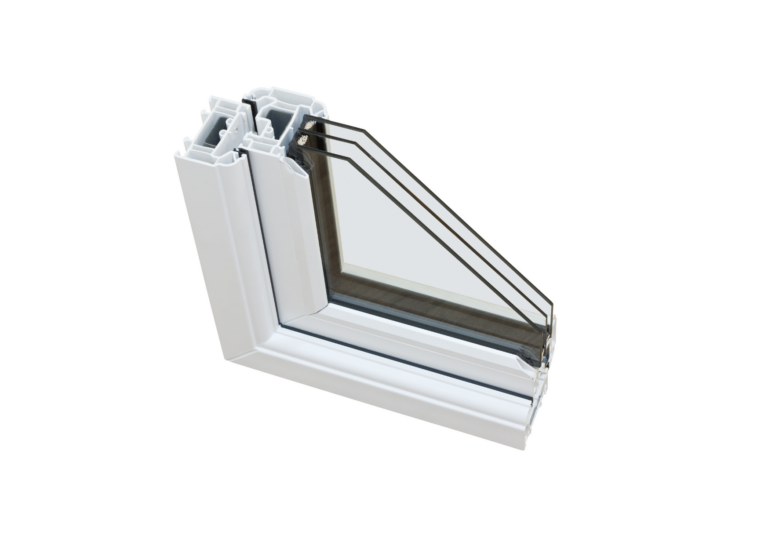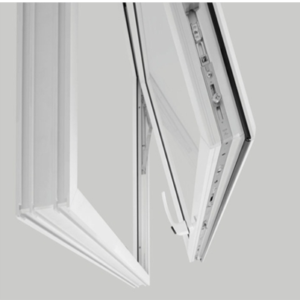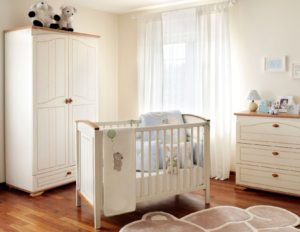
In our last blog post we looked at the variety of ways that sound can enter through your closed window [check it out here]
Finding the source of the problem is an important first step in blocking noise transmission through your windows, so today we’ll look at how to improve window sound proofing.
The 3 most important areas for window soundproofing:
1. Use of soundproof materials
The materials used to make up your entire window structure play a vital role in ensuring that sound waves are absorbed or reflected away and not able to enter the space. All elements of a window structure need to be of soundproofing quality so that sound cannot find the weakest entry point; this is not just about the glass. Hollow aluminium framing is often the culprit of unwanted sound transmission so if you are considering changing your window to a double-glazed unit, please ensure that the entire window system has an acoustic test certificate (not just the glass!). Using soundproof glass in standard framing will not bring the benefits desired. Alternatively, if you are unable to replace your window a secondary glazing system like Magnetite’s – using uPVC and acrylic – can provide you with the best alternative and great results.
For a more detailed look into soundproof materials, the following blog article gives clarity. You can read it here.

2. All-round tight seal
An all-round tight airseal is essential to make sure no air can come through – if air can come in, so can sound. A proper seal requires compression. A single locking point alone is not sufficient to press the window sash onto the gaskets or seals; ideally, we would like locking points on all 4 sides of the window. Often this cannot be achieved, so look for at least 3 locking points to make sure the window can seal tightly and presses onto the gaskets. For sliding windows this is generally not possible. Alternatively, the optimum seal can be achieved with a full magnetic seal on all 4 sides with a system like Magnetite (which, uniquely, also works for sliding windows and doors).
If you would like to find out more about the importance of all-round seals, you can read our article here.

3. Air gap
An ‘air gap’ is a term often associated with sound and insulation scenarios, particularly when talking about double glazing. It is important because it is used to trap the air holding the sound waves, thus preventing them from moving. In essence, sound travels in moving air and if there is an airtight seal (which efficiently holds in the air) then this air cannot circulate and sound cannot travel. Every 25mm increase of the airgap makes an audible difference: at Magnetite we aim for 75-100mm airgap for best noise reduction results.
In our February blog article, we dig deeper into the subject of air gaps to highlight their importance. You can read it here.

In conclusion, these 3 important aspects of soundproofing all need to work together in unison to achieve the best possible results for reducing noise transmission through a window.




